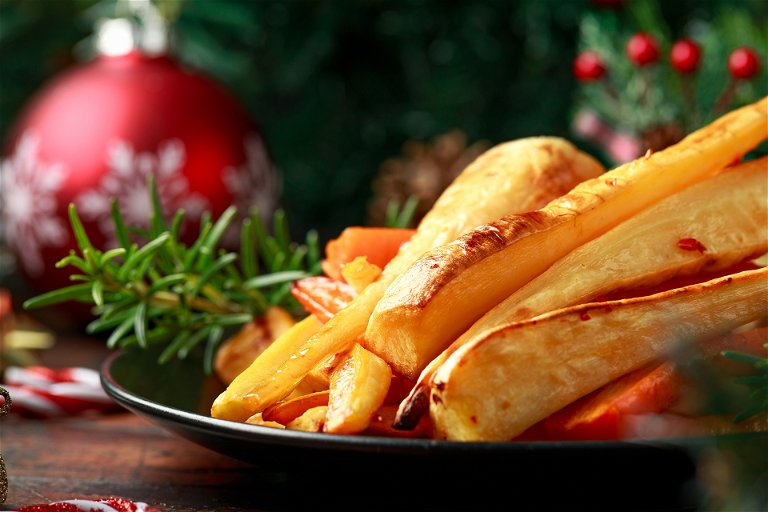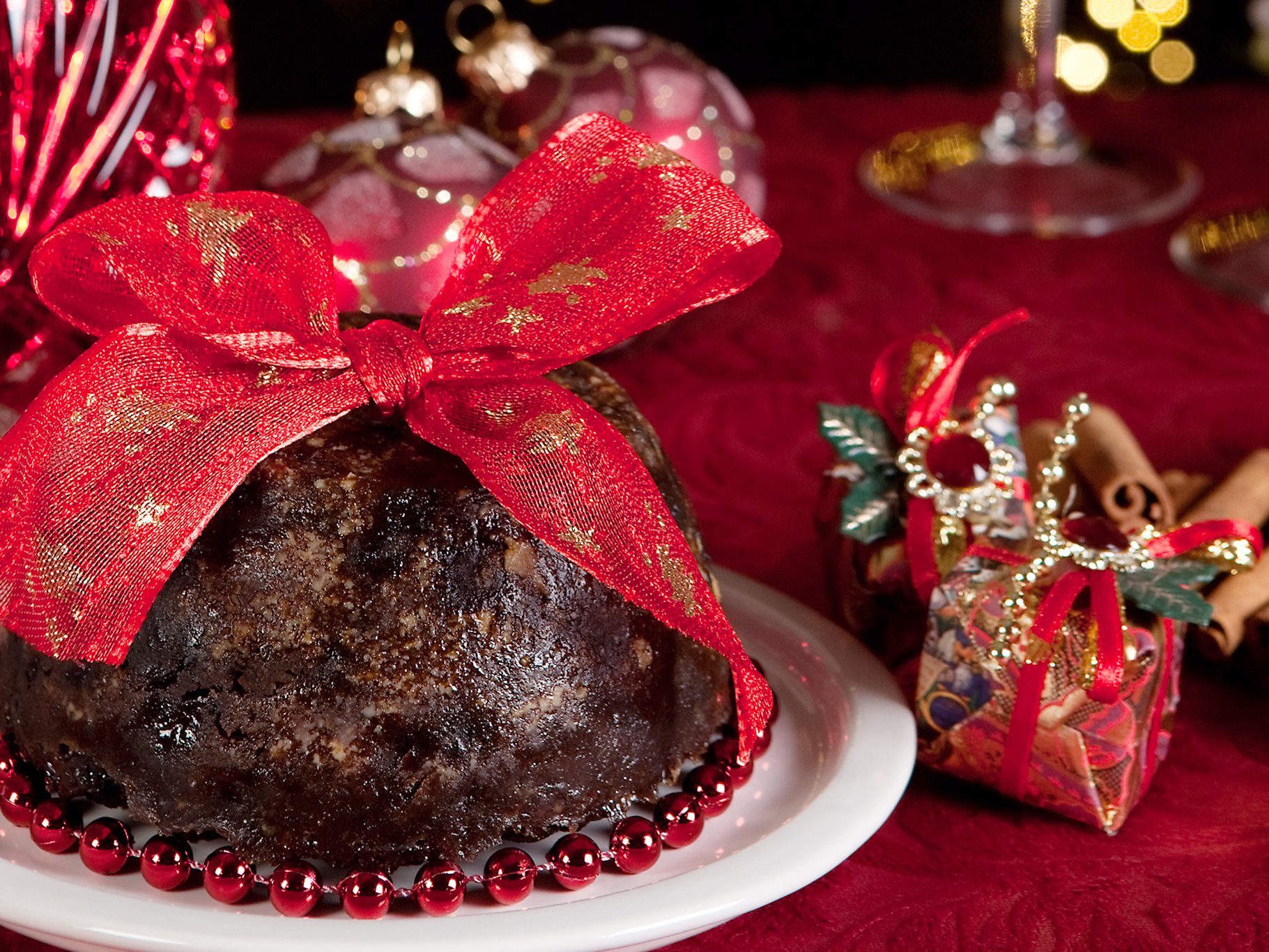Challenging the three Cs of Christmas, part 3: Côte de Beaune
The third and final part of our series looks at alternative “big whites” for the festive centrepiece.
It’s a brave soul who reaches for anything other than white Burgundy to pair with the Christmas bird. These wines are the golden wunderkinder of the French wine scene: delightfully playful yet destined to age with grace and near universal admiration. They’re so much about terroir, micro-terroir even, that it seems heresy to think of them as Chardonnays. But Chardonnays they are. Unlike taut and coiled Chablis, Burgundy’s more southerly Côtes mellow into peachy stone fruit and luscious citrus whilst retaining enough acidity to refresh. Most have seen lees and oak during fermentation and ageing, adding vanilla, spicy aromas or simply textural depth. Classic white Burgundy often undergoes Malolactic conversion too, in which tart malic acid is converted to lactic acid, giving a rounder, creamier succulence ideal with poultry like turkey. It’s their fruit richness, aromatic and textural intricacy, and crystalline structure that allows these wines to balance the flavours of the Christmas table so well.
Other wines can step into Burgundy’s perfectly fitting but expensive shoes, however. Lighter reds like Beaujolais crus, or swaggering young Clarets are all possibilities. Even Chardonnay’s stable mate Pinot Noir has the aromatic cranberry twist to pull it off. But the traditional turkey or goose, as well as smaller poussin and cockerel, really do shine with white wine (plus you avoid potential problems with the tannins in reds). When looking for alternative whites, it is not only the bronzed meat that sets the tone. There’s the bitter, sulphurous hum of Brussel sprouts and other brassicas, and plenty of salty umami from bacon, pancetta and sausage meat. Aromatics abound in the shape of pepper, clove, mace, sage, parsley and onion. Lots of sugar too: parsnips, sweet/sour cranberry sauce, fruited stuffings, splashes of port in gravies. A panoply of textures to boot: oily crispiness from roast potatoes, palate coating bread sauce, the soft stodge of breadcrumbs and the waxy crunch of nuts. Vegetarian and vegan options often feature these nuts, spices, herbs and fruit all in one dish

It’s a tall order for any wine to stand up to, let alone complement, this tapestry of tastes. But fear not, starting with alternative Chardonnays, our guide will steer you to whites from across the world to delight and revive you in the face of all this richness.
A world of Chardonnays awaits, from Australia to Argentina
Most wine producing nations have significant plantings of Chardonnay: depending on soil, climate and winemaking techniques they can display anything from single-minded citrus through peachy softness to tropical fiesta. Australia’s Margaret River is situated on a peninsula on the country’s west coast. Surrounded by sea on three sides, it is alternately warmed by the Indian Ocean and cooled from the icy south. This produces Chardonnay of exceptional quality: refreshing high acidity matched by a refined fruit ripeness. Shining a ray of winter sun on your Christmas, it is elegant and restrained enough not to frighten the horses, or indeed the turkeys. Producers such as Vasse Felix, Xanadu and Howard Park offer a range of styles and prices, including single plot beauties. At the other end of the country lies Australia’s oldest wine producing area: Hunter Valley. Chardonnays from here can be blended with the area’s famous Semillon for pleasingly full-bodied, honeyed but still fresh wines. Wineries such as Tyrells produce stylish but approachable single-varietal Chardonnays (and Semillons) as well as blends.

A range of relatively unexceptional Chardonnays hails from the wider Mendoza area in Argentina, but the higher you head into the Andean foothills the more refined they become. Quality areas such as Luján de Cuyo will reward you with deliciously balanced Chardonnays (and fuller-bodied Semillons). Higher still lies the Uco Valley producing styles not a million miles away from Burgundy: high-acid, mineral-rich, matched by ripe stone fruits and some nice spicing from oak. The wines from leading quality producers like Catena Zapata are delightful.
Closer to home: the riches of the Rhône and Alsace
The Rhône valley conjures up images of warm, red Grenaches and spicy, angular Syrahs that partner so well with herby, fat-marbled red meats. However, most of the northern Rhône appellations, such as Hermitage (hold on to your wallet), Crozes-Hermitage and Saint-Joseph also produce whites that would be a delight on Christmas day – mostly delicate but richly scented Marsanne/Roussanne blends. Save the splendid and sometimes startlingly priced Viogniers of Condrieu AOC for quiet me time over New Year: even more so those of Château-Grillet AOC, if you are lucky enough to get hold of them.
For lesser mortals, the whites of the southern Rhône share the festive opulence of the area’s better-known reds. Invariably blends of Grenache Blanc, Roussanne, Clairette and other local varieties including Viognier, they can display either barrel fermented complexity (a winner with turkey or cockerel) or a more delicate and fresher style (a good foil for goose). They can lack acidity, and the high glycerol which gives them a powerful mouthfeel can drag, but in the right hands they retain enough freshness to match their luxurious golden boon. Even relatively inexpensive Côtes du Rhône or Villages blanc can be a joy from producers like Ogier. But look to the whites of Châteauneuf-du-Pape AOC to add a frisson of papal splendour to your feast. Smaller quality producers abound in the Rhône, but larger négociants also produce consistently excellent, widely available wines: Guigal for example produces great whites from across most of the major Rhône appellations including Châteauneuf (and Condrieu), as does Charpoutier.
Alsace is another wonderful option for rich and layered whites. Unless you like lychee with your sprouts, its best to leave the Gewürztraminer to the leftover turkey curry. Alsatian Riesling has a lovely, steely purity but it’s finesse can struggle with this much umami (Germany’s richer, aromatic Rheingau Rieslings fair better). It’s Alsatian Pinot Gris that has the full-bodied peachiness and some of Viognier’s oiliness to complement turkey’s slightly grainy texture. Choose between off-dry wines and the lighter dry styles – both have a fruitiness, occasional smokiness and an almost gingerbread quality that’s brilliant with traditional accompaniments.
Ring in the changes: South African sensuality and Italian seasoning
Loire Chenin Blanc has already featured in our fish-friendly list, but head to its second home in South Africa for your main course and you won’t be disappointed. It’s a grape that displays a range of flavours, but in the hands of South African specialists it takes on an aromatic ripeness across the fullness of orchard and stone fruits. It can even hint at tropical sensuality (especially if barrel aged), bringing a welcome fruity and spicy counterpoint to your bird’s insistent umami, complemented by the grape’s natural high acidity. South Africa’s quality producers also display significant skill in integrating oak’s vanilla toastiness into these fruit-forward wines.
Swartland’s A.A.Badenhorst favours old vines, dry-farmed (without irrigation) to produce concentrated, honeyed wines with enough acidic lift to cut through festive fayre. Their “Secateurs” range has a single varietal Chenin of distinction, and their more straightforward Kalmoesfontein white is a Chenin-led blend with other Christmas-friendly grapes such as Roussanne, Chardonnay and Semillon. Over in Stellenbosch, Klein Zalze’s sustainable production methods ensure a delightful range of Chenins that are fragrant with apricots and display cleverly integrated oak plus a touch of minerality on the finish.
High yields of Garganega, the backbone of Italian Soave, resulted in reduced quality and a problematic image with which the quality producers of the Classico zone have been wrestling ever since. Lesser examples, simple and relatively anodyne, remain no match for the heft of the Christmas table. But under producers like the organic Coffele, Soave stretches out languorously into white peach, honey and almond, with a citrus that edges towards orange. There’s often a seasoning of salt and white pepper here, and a sweet herbal edge (bergamot, sage and fennel) all of which will accompany your Christmas bird superbly.



